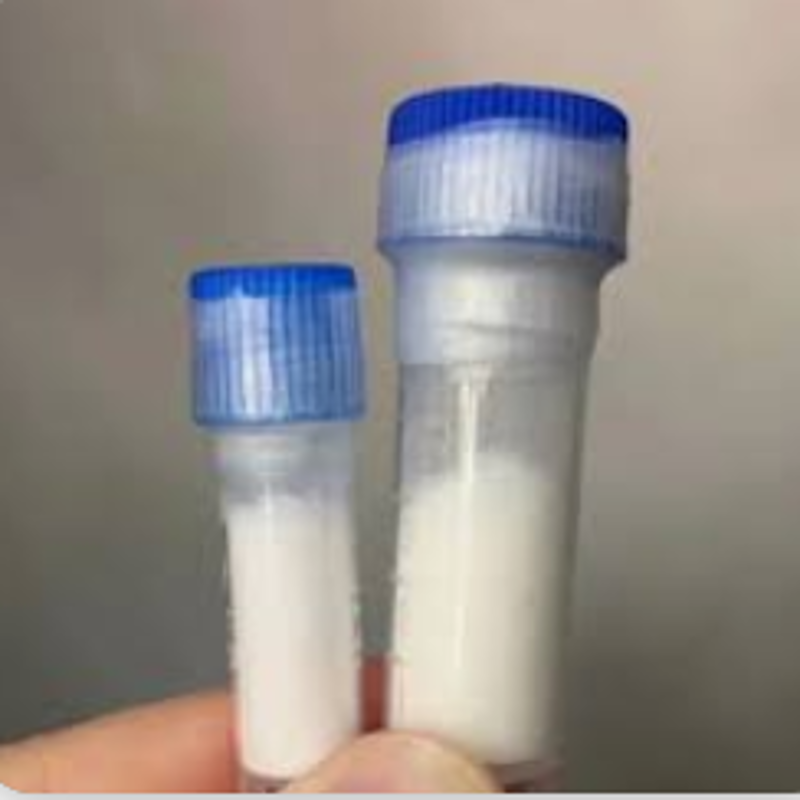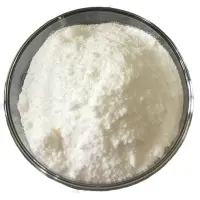-
Categories
-
Pharmaceutical Intermediates
-
Active Pharmaceutical Ingredients
-
Food Additives
- Industrial Coatings
- Agrochemicals
- Dyes and Pigments
- Surfactant
- Flavors and Fragrances
- Chemical Reagents
- Catalyst and Auxiliary
- Natural Products
- Inorganic Chemistry
-
Organic Chemistry
-
Biochemical Engineering
- Analytical Chemistry
-
Cosmetic Ingredient
- Water Treatment Chemical
-
Pharmaceutical Intermediates
Promotion
ECHEMI Mall
Wholesale
Weekly Price
Exhibition
News
-
Trade Service
In 2016, a case-control study published in the journal Neurology showed that in young stroke patients with unknown etiology , there is a statistically significant correlation between the carotid artery network (CW) and ischemic stroke.
In young stroke patients with unknown etiology , there is a statistically significant correlation between the carotid artery network (CW) and ischemic stroke.
"Carotid artery network may be an undervalued risk factor for stroke.
Imaging evidence of different CWs in CTA images
Imaging evidence of different CWs in CTA images"But compared to atherosclerotic plaques, carotid net often because of their seemingly innocuous, is ignored by clinicians.
thrombus
Subsequently, some studies have shown that symptomatic CW patients have a high risk of recurrence and stroke, but there is a lack of high-quality data.
Symptomatic CW patients have a high risk of recurrent stroke, and symptomatic CW patients have a high risk of recurrent stroke.
This comparative cohort study used data from the MR CLEAN trial (2010-2014) and the MR CLEAN registry (2014-2017), the latter two were conducted in the Netherlands on the intravascular large vessel occlusion (LVO) stroke A national prospective multicenter study of treatment (EVT).
Two neuroradiologists evaluated the CTA images to determine if CW is present and identified 30 CW patients with stroke.
An image of the carotid artery network in a patient with cryptogenic stroke: Axial CTA and partial enlarged view (A) show the membrane-like structure in the carotid artery; sagittal CTA (B) shows the intra-arterial sheet-like structure, described with the carotid artery network Unanimous.
An image of the carotid artery network in a patient with cryptogenic stroke: Axial CTA and partial enlarged view (A) show the membrane-like structure in the carotid artery; sagittal CTA (B) shows the intra-arterial sheet-like structure, described with the carotid artery network Unanimous.
CW patients are younger (median age, 57[46-66] years vs 66[56-77] years) and the proportion of women is higher (22/30 [73%] vs 67/168 [40%]).
However, the risk of stroke recurrence in CW patients is nearly 5 times that of non-CW patients (RR=4.
Information about some stroke patients
Information about some stroke patientsThe researchers pointed out that 1 out of 6 symptomatic CW patients had a relapse within 2 years, indicating that medical management alone may not provide adequate protection for CW patients.
management
In summary, in patients with unexplained stroke, there is a correlation between the carotid artery network and ischemic stroke.
In summary, in patients with unexplained stroke, there is a correlation between the carotid artery network and ischemic stroke.
references:
Guglielmi V, et al.
Assessment of Recurrent Stroke Risk in Patients With a Carotid Web.
JAMA Neurol.
Leave a message here







